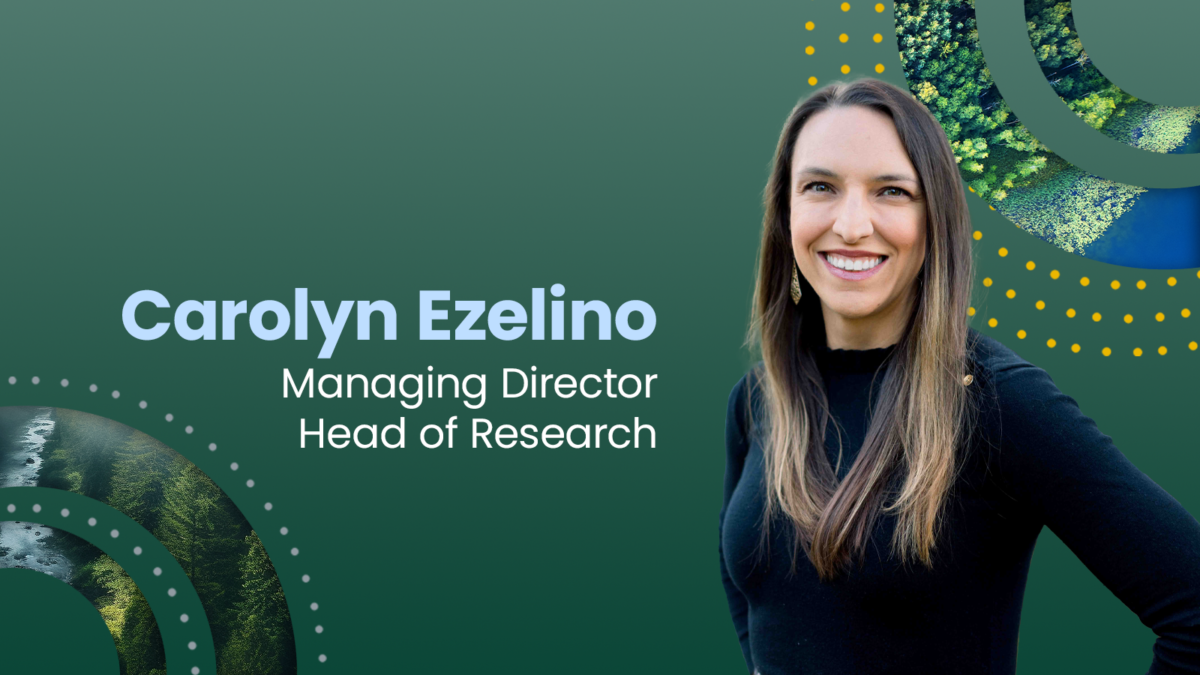Financial Advisor IQ, By Thomas Coyle
February 11, 2014
The way to popularize “impact” investing — for now still dominated by private placements — isn’t, as some futurists would have it, through do-it-yourself technologies alone. Instead, says the Global Learning Exchange, it’s in a combination of tech and mainstream investment packages supported by sound research and good advice.
As Dow Jones Newswires defined it about two years ago, impact investing supports “businesses and projects intended to have positive social or environmental outcomes.” And, though it’s conceptually related to philanthropy, it’s firmly “rooted in a belief that profit motives are perfectly compatible with tackling things like systemic poverty and renewable energy.”
In short, impact investing is about doing good while making money.
Almost 70% of advisors are willing to consider impact investing for their clients, Hope Consulting says in a 2012 report. But without products they can recommend to non-accredited investors, their curiosity about it remains idle.
“These gatekeepers are beginning to recognize the trends to provide responsible investment services to wealthy clients and millennials,” says the Global Learning Exchange. “But we need to meet them where they exist, in mainstream products and services.”
Fortunately, there are simultaneous developments on these fronts, writes the Global Learning Exchange. Outfits like the Social Stock Exchange “provide a valuable venue for impact reports and information about public companies,” while online broker-dealer Microplace trades “registered impact investments” in increments of as little as $20. Meanwhile, investment firm TriLinc Global markets an Impact Fund, and Sonen Capital is out with a report “describing the asset classes that can define a diversified impact investing strategy.”
These foundational efforts, coupled with rising public awareness and “appropriate technology and data solutions,” will remove “significant barriers for scale thereby moving the dial in using capital as a vehicle for good,” says the Global Learning Exchange.
All that said, the real proof of impact investing’s place as a lasting force in finance is probably several decades off. That’s when we’ll know if today’s twenty- and thirty-somethings are still as enamored with it as some say they are now.
Read the full article on Financial Advisor IQ.


